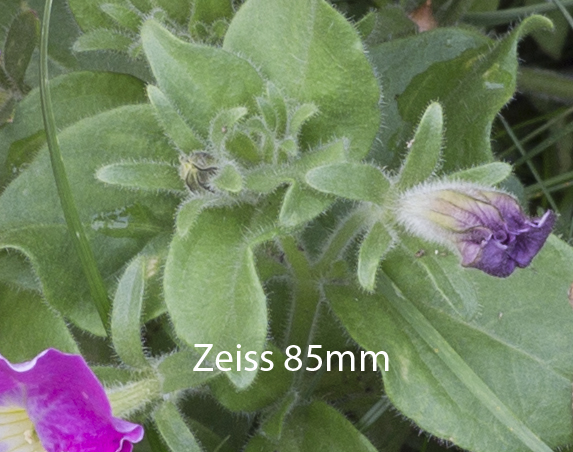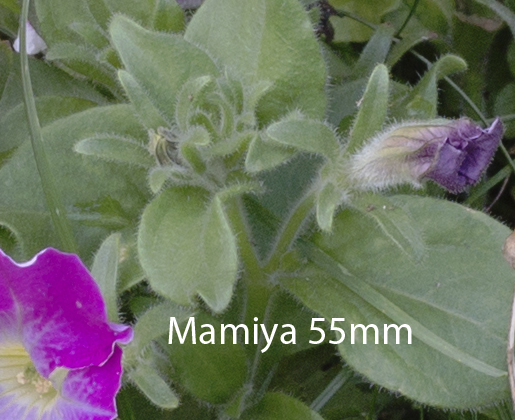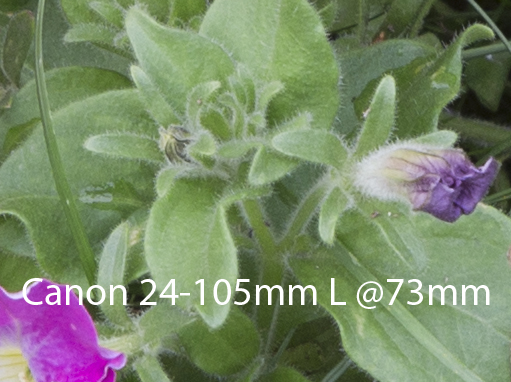There is a vast range of pricing in lenses, so I decided to find out for myself if the most expensive lenses are really any better.
High up in this rank is the name Zeiss, and yes, the prices are out of reach for most of us. So, rather than take a chance on potential high-priced disappointment through a purchase, I decided to rent a Zeiss ZE 85mm f/1.4 Planar T for the weekend.
NOTE: Not all Zeiss lenses are more expensive than the camera manufacturers’ own lenses. In fact, the Zeiss Planar lens tested here is actually cheaper by far than Canon’s 85mm f/1.2 L series. The Zeiss OTUS 85mm f/1.4 lens, however, is more than twice the price of the Canon 85mm f/1.4.
My plan was to test it on my Canon 6D against the Canon 24-105mm L series zoom set to about 85mm focal length and a Mamiya M645 55mm f/2.8 medium format lens through an adaptor. Right off the bat, I must point out that it is a bit unfair to compare the 24-105 zoom against prime lenses, but after all, it is an L series lens that Canon touts as very high quality.
Also, since the Mamiya has a larger image circle than the other lenses, which were designed for a full frame sensor, only the centre portion of the Mamiya’s projected image was being used. As we know, aberrations are more pronounced at the edges, so the Mamiya has the advantage of having only its sharpest central area used in the comparison.
The test was not a rigorous scientific one. I used a test chart downloaded from the Internet for my basic comparison of resolution and contrast, then took a few outdoor shots for a more subjective head-to-head. I tried to frame up the shots the same in each case, since I was using different focal lengths (85mm and 55mm). That way, the necessity of unfairly having to enlarge the 55mm shots (and enlarging the apparent pixel size) would create a disadvantage for the Mamiya lens. Similarly, I tried matching the exposures in the camera as much as possible, but inevitably, a bit of exposure tweaking in post was needed to align the white end of the histograms. I felt this was necessary to get a fair comparison of contrast.
Test Chart Results Compared
I must preface this comparison by saying that focus is critical for a fair comparison, and I can’t guarantee that in each case I was perfectly focused. I did, however, choose the shots out of many iterations that I think represented the best focus for each lens.
The images compared here were all cropped from 100% views in Photoshop. At 100% , you are very close to seeing the limitation of the sensor in resolving detail, so even a premium lens may not seem razor sharp at such magnification.
Having said that, and with focus differences aside, the comparison is fair. Looking at the chart centre comparisons below, the Zeiss and the Mamiya seem to be comparable on a sharpness basis, while the Canon is slightly softer. This is most apparent in the fine rings in the ‘bullseye’, and in the vertical tapered stripes (next to the 16, 18, 20 marks on the right) where the Canon looks a little mushy. In fact, the Mamiya seems to have the best contrast in that zone, but critical focusing may have given it a slight advantage over the Zeiss.
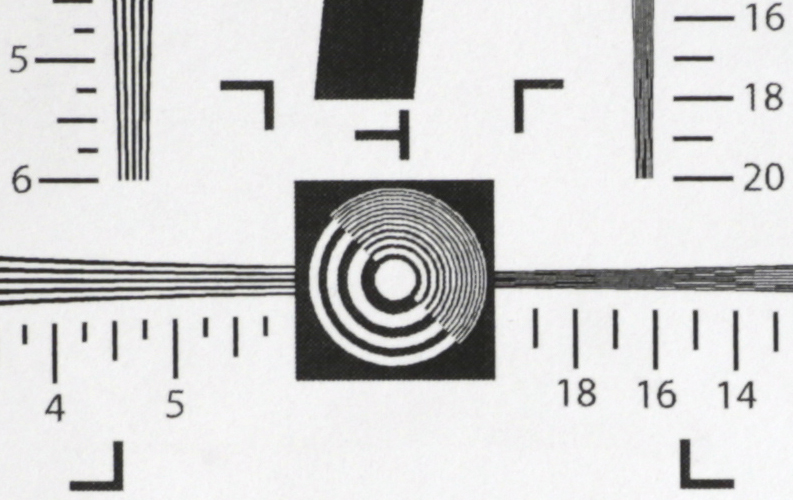
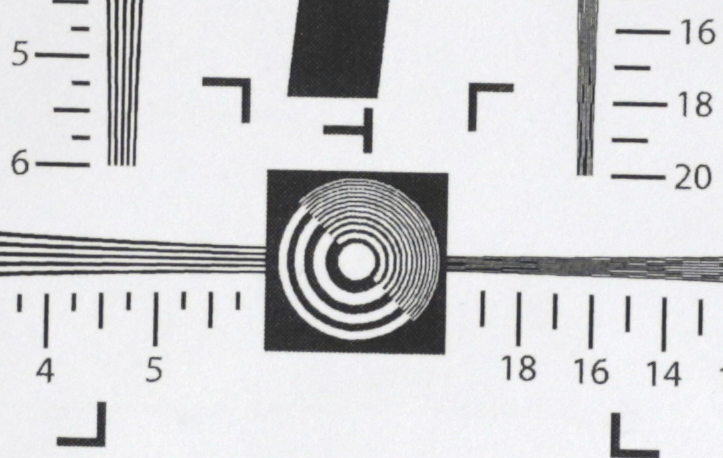
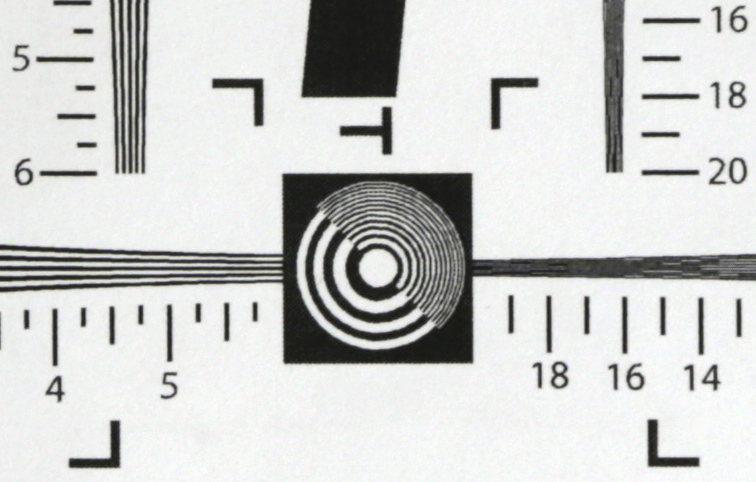
Strangely, the Canon seems to give the best contrast with blacker blacks, which I would have expected the Zeiss to excel at. This, however, may be due to the fact that the Canon was not resolving the faint dot pattern (from printing the chart) that made up the black areas, and was blocking them in as solid black. Keep in mind also that the exposure was tweaked on each to ensure the white area in the centre of the ‘bullseye’ was matched across all three in terms of intensity to allow a comparison of blacks, and thus contrast.
The corner comparisons are where the differences became apparent. While both the Zeiss and the Mamiya (ignoring the chart tilt) maintained nice right angled corners, the Canon showed flawed geometry. In addition, the Canon also went very soft. Again, perhaps it’s unfair to compare a zoom’s performance versus a prime’s, but it’s convincing enough to make you think twice about using a zoom in a critical shoot. Also, we don’t know how the Mamiya would stack up against the Zeiss in the corners, because we’re really only using the centre portion of the Mamiya’s image circle. While very subtle, I would say the Zeiss was slightly sharper than the Mamiya in this area.
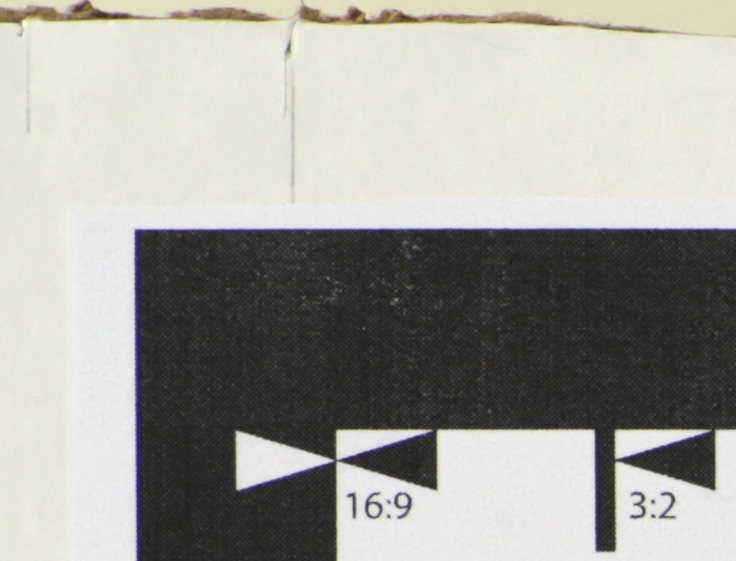
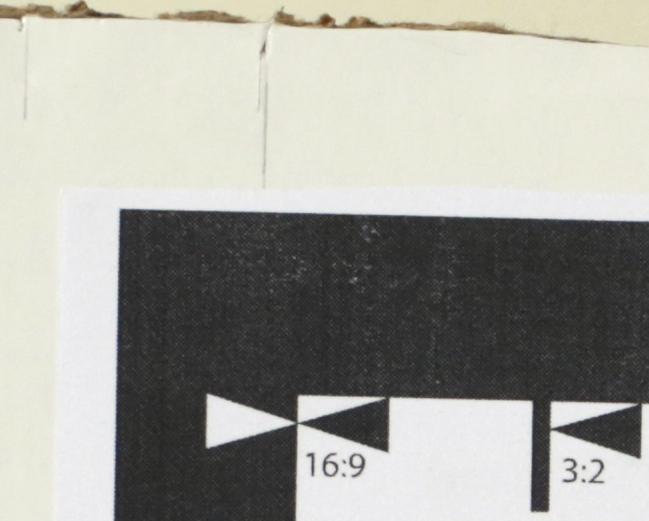
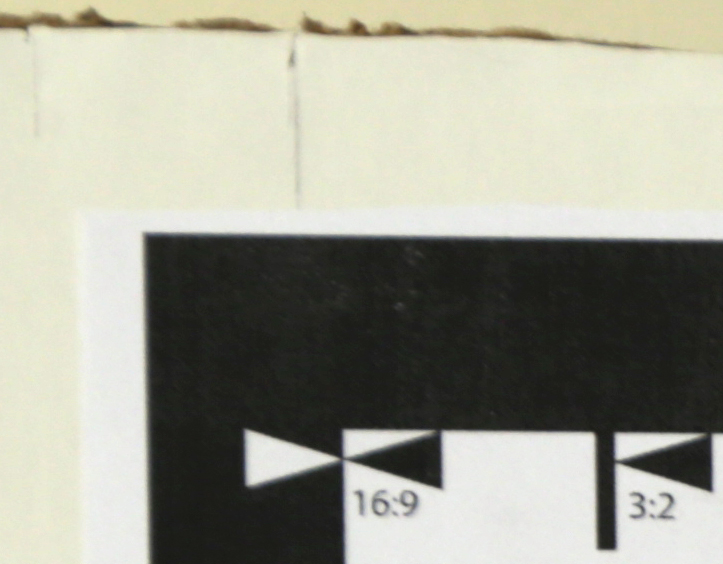
Subjective Outdoor Results Compared
Ok – this is where it gets even less scientific, but after all, the subjective result is probably what will convince you whether or not a particular lens will work for your type of photography.
For this comparison I used a population of one (scene, that is). Not totally representative of what a lens can capture, of course, but time eludes me on this little project.
A tripod was used to centre on the same flower bud, but slight tweaks on tripod height and position, to frame all three shots equally to compensate for focal length differences, resulted in slight differences in perspective. In Photoshop I also tried to equalize white balance and exposure.
To me, the Zeiss is the winner in this scenario. While the Mamiya appears to be comparable in sharpness (using the little hairs on the leaves as a reference), the contrast overall is stronger on the Zeiss. While the Canon’s contrast seems comparable to the Zeiss’, its sharpness didn’t stack up to either the Mamiya’s or the Zeiss’.
Conclusions: Are the elite lenses worth the coin?
From the moment that you first look through the Zeiss and examine the first shot, the reaction is “Wow – this is a nice lens”. After all, the heft of the all-metal barrel and the size of the glass definitely give you the impression of quality.
Before succumbing to the desire to just buy it no matter the cost, soberly think about your budget and the type of shooting you do. If you do high end portraiture or regularly sell landscapes through galleries, you can probably afford to cut to the chase and buy the best. On the other hand, if photography is a part-time money-maker, or even just your obsession, the budget-conscious do have more affordable alternatives.
I should make one other point. While the maximum aperture of the Zeiss was a lovely f/1.4, every lens performs at its worst, aberration-wise, at maximum aperture. While bokeh is gorgeous at f/1.4, there was a definite soft-focus look at that aperture. Subjectively, I don’t think the lens cleaned up until about f/2.8. That’s ok, because the brighter the maximum aperture, the sooner you achieve optimum performance when you stop down. Bokeh still looks great at f/2.8, whereas a lens that has a maximum aperture of f/2.8 may not perform will until you stop down to f/5.6 or smaller.
For my budget, the Zeiss are tempting, but a little too rich. I would prefer to find used medium format lenses and adapt them to the 6D, because both the test chart and subjective comparisons show that the sharpness (while perhaps not the contrast) compare favourably to the Zeiss. One caveat: medium format lenses are somewhat vintage. Be sure to confirm that there are no signs of yellowing or coating separation on the glass before making your purchase from afar on eBay or other sites.
As a final note, don’t discount vintage 35mm film lenses (with appropriate adaptors). I was going to include one in this review, but felt I needed to pull in the reins. Subjectively, I can tell you the Asahi Pentax 55mm f/2 I have was as sharp as the Mamiya and Zeiss at the centre. I suspect corner performance may not be as good, though. But for the price……
